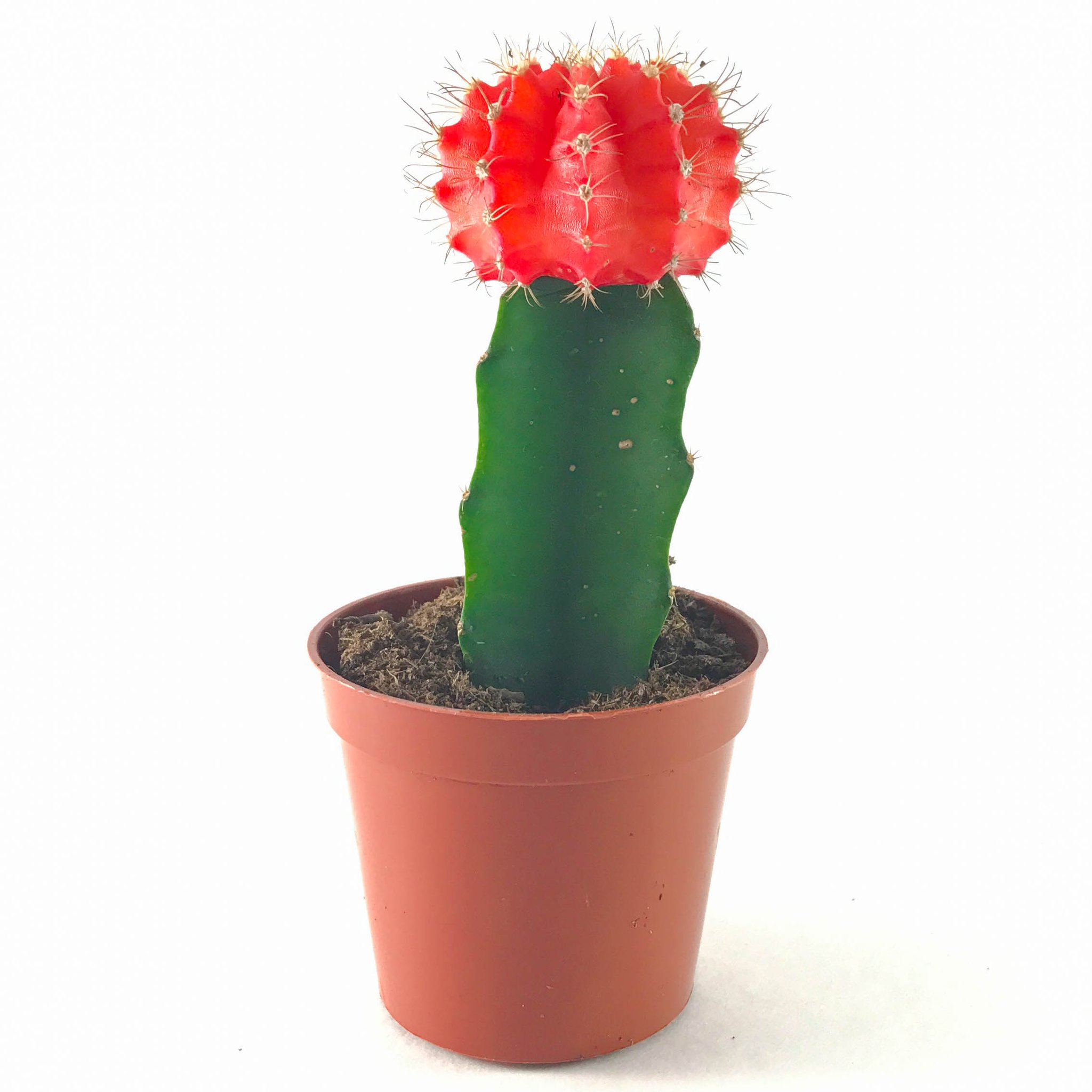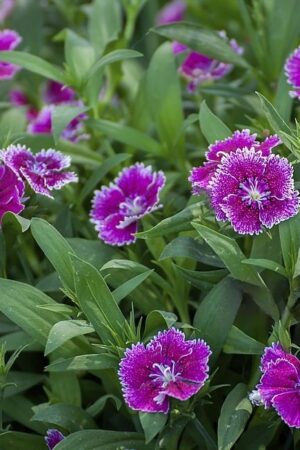Plant Description
- Appearance: The top of the Moon Cactus is its most striking feature, which comes in a variety of vibrant colors, such as red, orange, pink, or yellow. This colorful top is often flat or rounded and resembles a moon, hence the common name. The rootstock or base is typically a green, cylindrical cactus with sharp spines.
- Size: Moon Cacti are relatively small and compact plants, typically reaching heights of 4 to 8 inches (10 to 20 cm) with the top part being around 2 inches (5 cm) in diameter.
- Light Requirements: Moon Cacti thrive in bright, indirect light. They can tolerate some direct sunlight, but be cautious about exposing them to intense, scorching sun, as they are more sensitive than other cactus varieties.
Fertilizer
- Moon Cactus do not require frequent fertilization. You can use a balanced, liquid cactus or succulent fertilizer.
- Apply the fertilizer during the growing season (spring and summer) at half strength and feed the plant every 4-6 weeks.
- Watering: Allow the soil to dry out between waterings. Water sparingly and be cautious not to overwater, as the rootstock can be more susceptible to root rot.
- Soil: Use a well-draining cactus or succulent mix to ensure proper drainage and prevent waterlogged soil.
Accessories
Here are some accessories and care tips for your Moon Cactus:
-
- Pot with drainage: Use a pot with drainage holes to prevent water from accumulating in the soil and the rootstock from becoming waterlogged.
- Saucer: Place a saucer under the pot to catch any excess water that drains out, but ensure that the pot doesn’t sit in standing water.
- Gloves and tongs: When handling Moon Cacti, it’s a good idea to use gloves and tongs to protect your hands from the sharp spines of the rootstock.





Reviews
There are no reviews yet.